Homegrown tea cooperates with indoor or outdoor gardening
Balconies, courtyards, terraces, and windowsills are as user-friendly as gardens for cultivating and harvesting tea and tisane-producing plants. They in fact bring gardeners conveniently close to the kitchens and pantries where the blending of a planting will take place for making:
• homegrown teas from the tea plants Camellia sinensis var assamica (Assamese camellia) and Camellia sinensis var sinensis (Chinese camellia); and
• homemade tisanes from simmered decoctions of roots and steeped infusions of flowers, fruits, leaves, and seeds.
Tea and tisane-producing plants indeed can be grown in the ground, inside raised beds, or within containers wherever ambient conditions satisfy drainage, light, moisture, soil, and temperature requirements.
Cassie Liversidge clearly and entertainingly delivers all necessary information for Homegrown Tea.


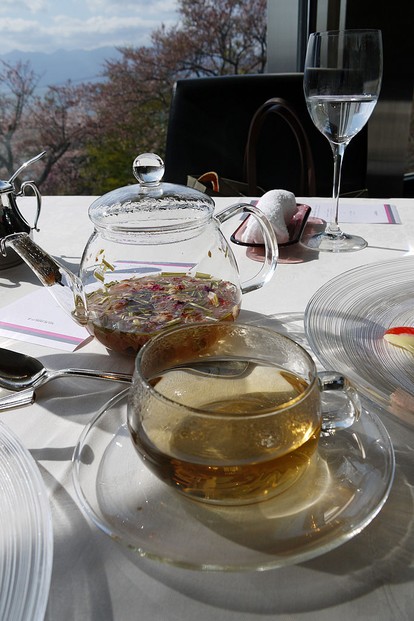
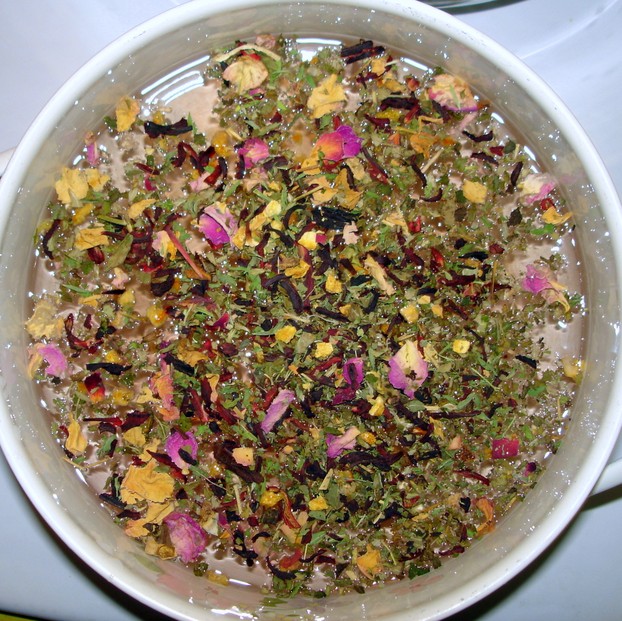
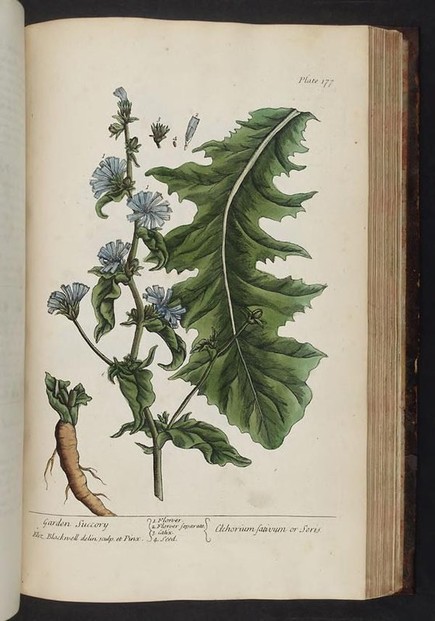
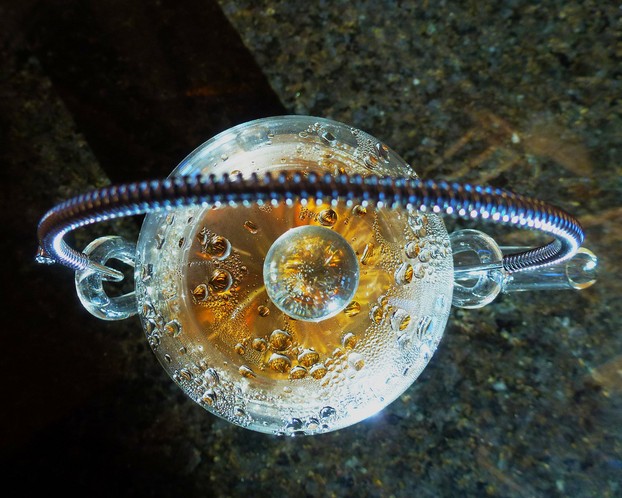
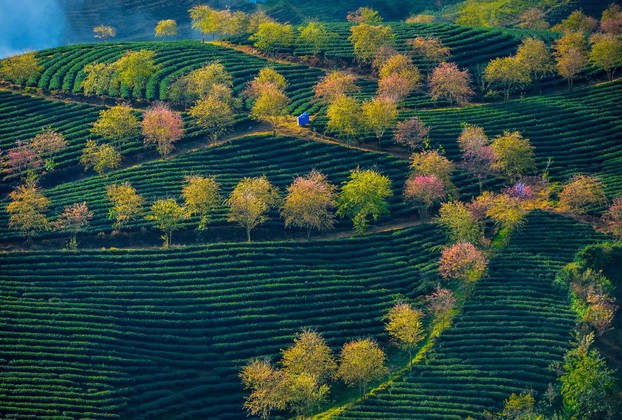







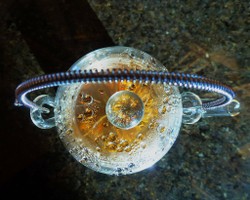

 Mailing Addresses for 2023 Form 4868 Extending 1040 and 1040SR April 15, 2024, Due Date9 days ago
Mailing Addresses for 2023 Form 4868 Extending 1040 and 1040SR April 15, 2024, Due Date9 days ago
 Mailing Addresses for 2023 Forms 1040 and 1040SR Filed in 20249 days ago
Mailing Addresses for 2023 Forms 1040 and 1040SR Filed in 20249 days ago
 Mailing Addresses for 2022 Form 4868 Extending 1040 and 1040SR April 18, 2023, Due Dateon 04/13/2023
Mailing Addresses for 2022 Form 4868 Extending 1040 and 1040SR April 18, 2023, Due Dateon 04/13/2023
 Mailing Addresses for 2022 Forms 1040 and 1040SR Filed in 2023on 04/13/2023
Mailing Addresses for 2022 Forms 1040 and 1040SR Filed in 2023on 04/13/2023

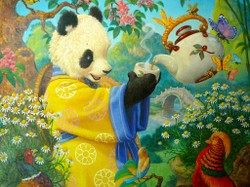
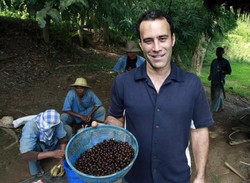
Comments
Mira, I remember them breaking off, cleaning, and grinding the root for oven-baking at 350°C (176°F) for about an hour.
Sometimes there's less and sometimes there's more chicory in the yard. This year there may be enough that I can stock up on chicory for homemade beverage drinking.
Where is the instant chicory made? Do you drink it with cream and sugar? Do you use it as a breakfast or dessert drink?
In the French (really Spanish-style) Quarter of New Orleans, they make really delicious, fragrant chicory coffee. I enjoyed ordering it with some of their fantastic pastries but for some reason -- which escapes me in retrospect -- I never thought of buying any. It would be interesting to find out if it's local-made or available through some multinational business.
I buy instant chicory here and love it. How did your grandmothers make chicory coffee?
Mira, The publication is through the U.S.A. even though the author is U.K.-born! It's a beautiful book which I love reading and re-reading. The author includes her own illustrations at the beginning of each tea- and tisane-producing plant's profile. She even includes a brief but nice recipe for making chicory coffee, which I remember my Dutch and English grandmothers having included in family cookbooks.
WriterArtist, Do you have a favorite tea? It's such an adventure to select the type of tea and then to sit back and enjoy the beauty of preparing and serving it. I find the ceremony of making tea and the presentation of it through pot and cup every bit as comforting as that first morning sip to get the day started.
Me too, I love ginger and lemon added to make a perfect cup of tea even more -- ;-D -- perfect.
Your list of leaves, flowers, berries, and roots that can be used to make tea is wonderful. I'll refer back to it as I try new tisanes. Haven't tried honeysuckle, for instance.
I love my cup of tea which is essential to kick start my day. Though I might never cultivate tea, I had chance to sea coffee and tea plantations. They are a beautiful sight on the mountains in India. I also got chance to taste a varieties of flavours.
At home, I grow basil, mint and other herbs to enhance the flavour of the tea. I love my tea with ginger and lemon too. You have showcased beautiful teapot charm and tea infusers. This tempts me for a second cup of tea. Off to get some tea now. :)